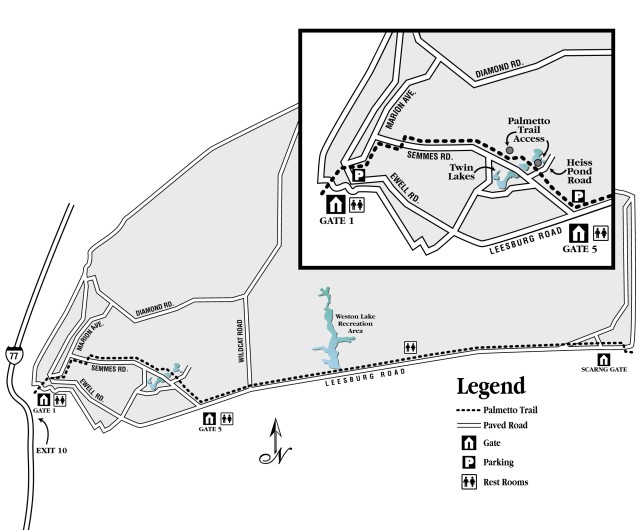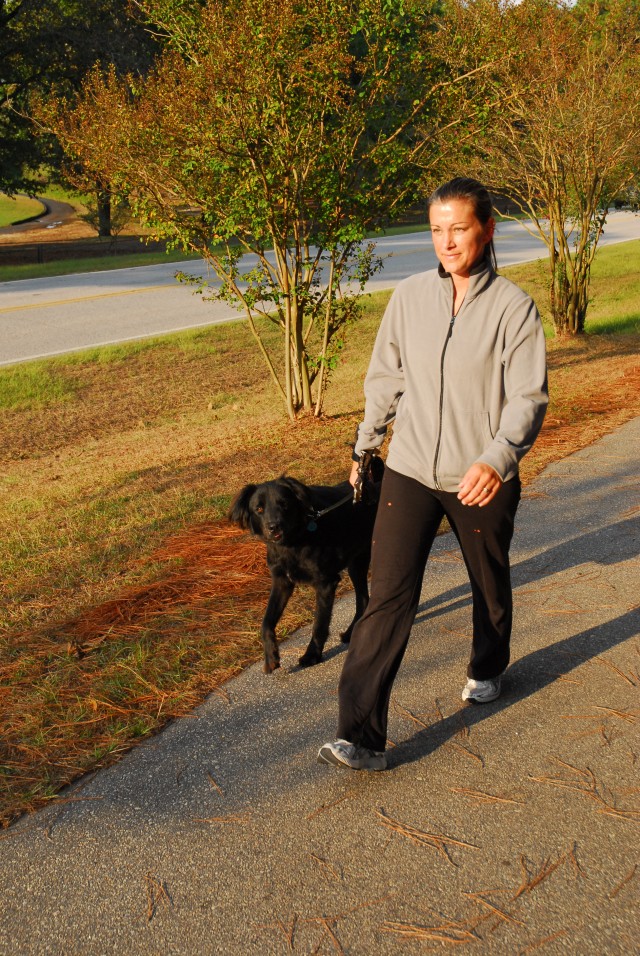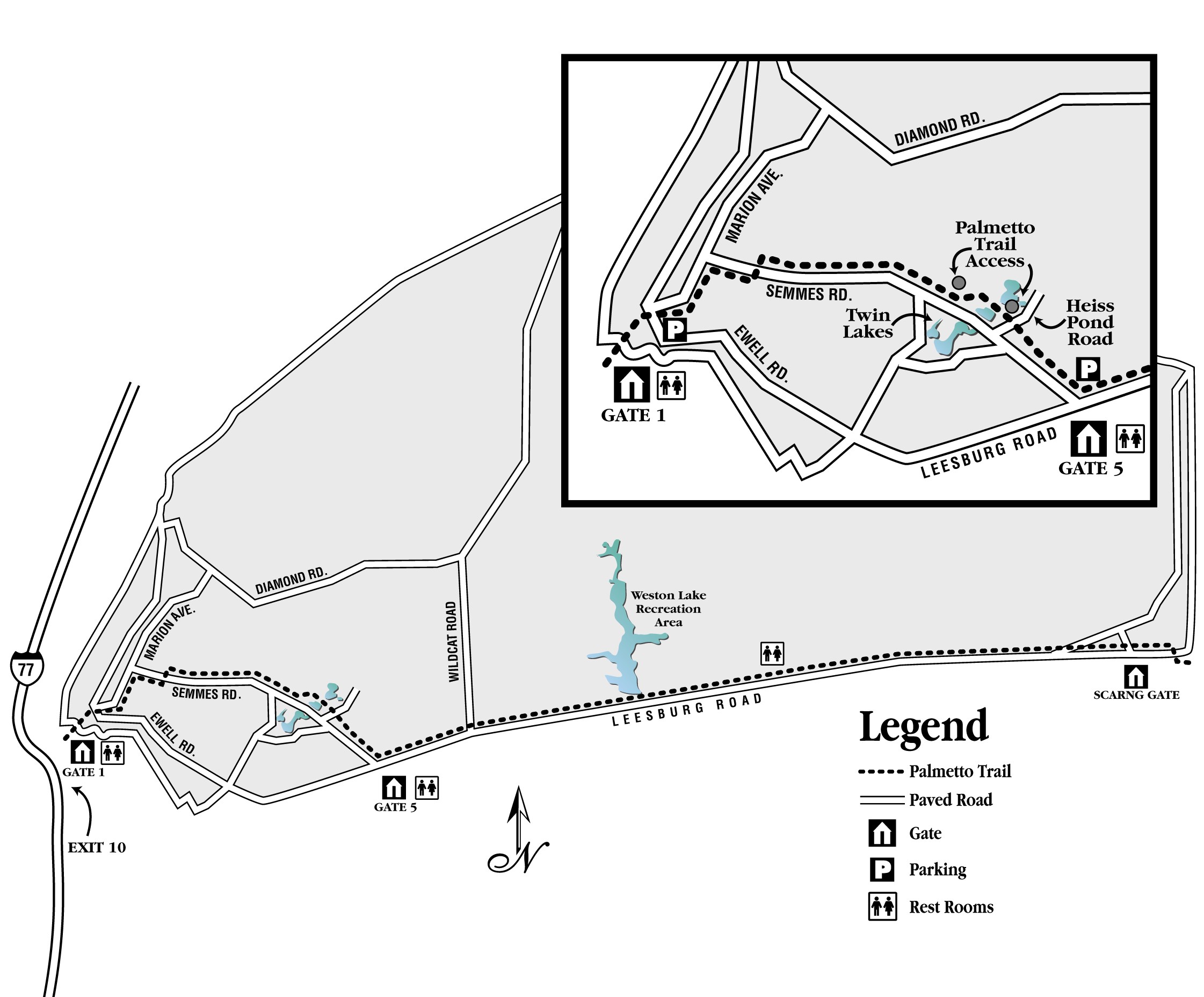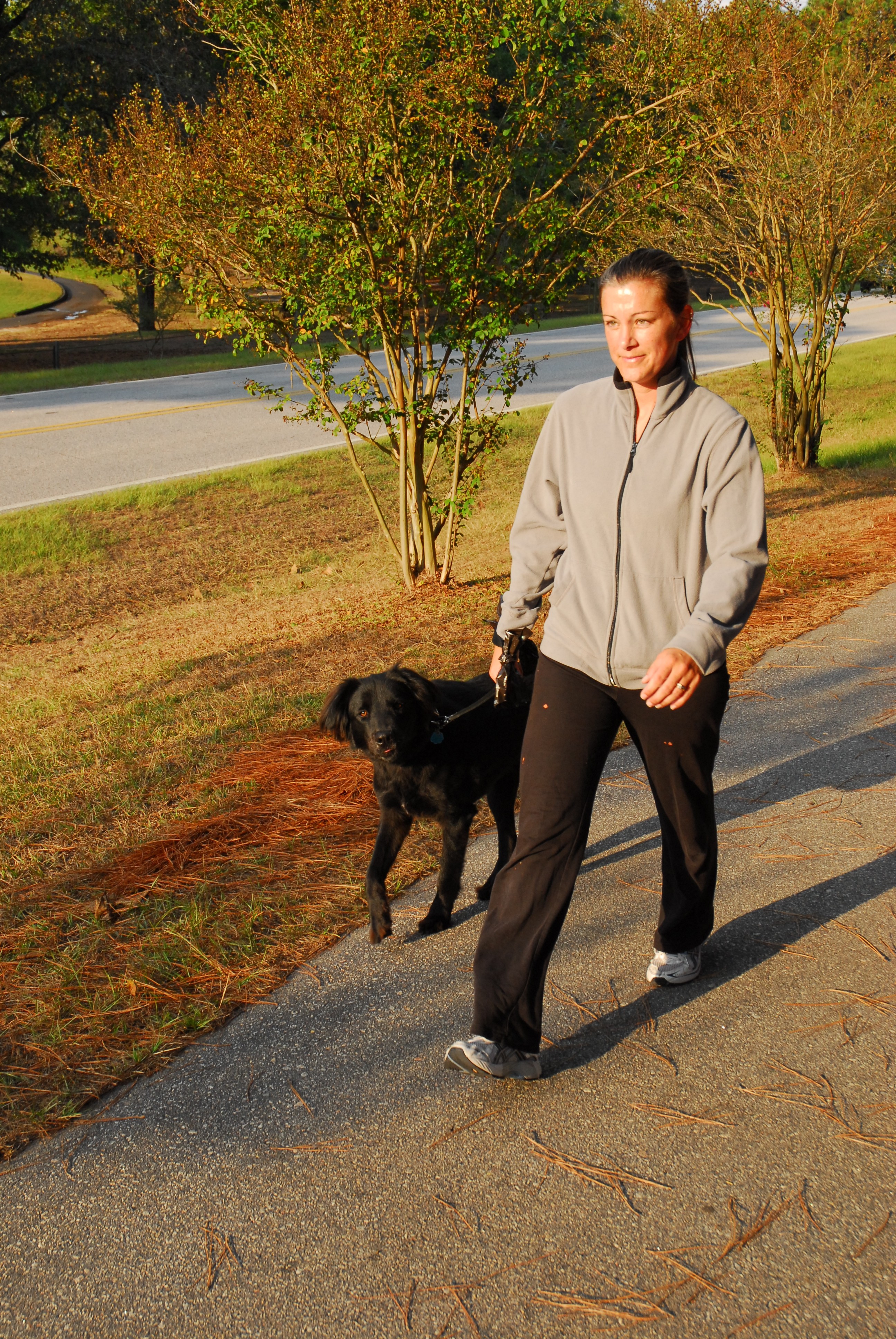FORT JACKSON, S.C. -- Looking for a new way to get out and get that heart pumping' Wander over to the Fort Jackson Passage of the Palmetto Trail and lace up those shoes.
The trail, which begins at Gate 1 and covers 20 or more miles to McCrady Training Center, provides a safe paved path and natural trail that crosses the installation. This section of the Palmetto Trail connects with the Capital City Passage to the West and an unfinished section east of Fort Jackson.
"It is a very pretty trail," said Nancy Stone Collum, deputy director Palmetto Conservation Foundation. "There are lots of terrain changes and several ecosystems along the way. It is a really special place that more people need to know about."
For all intents and purposes, let's start our journey where the pavement turns to roots, pine needles and soil. Parking is available at Old Heise Pond and a quick jaunt back to Semmes Road takes you to a trailhead marked by Palmetto Trail signs. Jump on the portion of the trail that heads eastward.
Your equipment of choice may be a pair of hiking shoes, mountain bike or running shoes. But whatever your pleasure, you will be rewarded for your efforts.
The first mile or so of the trail in this section offers some easy climbs to get your sweat beading and a few fast downhill parts for excitement. Once you pass the guard shack, get ready for a fast and fun adventure through the pines on a tight and twisty trail that drops you in and out of several firebreaks and natural drainage areas.
The trail then parallels Leesburg Road. And even though the trail is next to a major roadway, don't worry. There is enough foliage to make you feel like you are still in nature.
Although the trail consists of several sandy sections, they are never too deep or long to make it feel like you are on a beach.
Weston Lake is a good turnaround point for some and allows parking for those who wish to leave a second vehicle instead of going back the way you came.
Most hiking, trail running and mountain biking enthusiasts consider the trail to be easy or moderate. But that might not be the case. Covering the entire Fort Jackson Passage both ways is about 40 miles. Doing 40 miles is neither easy nor moderate. The bottom line is that you can personalize your fitness experience to your physical limitations and experience - whether it is a quick 30-minute hike or a full day on a mountain bike.
Be sure to take plenty of water, food and other gear you may need because there is no water provided along the route. Also, if you are riding a bike you must wear a helmet. And remember personal listening devices aren't even allowed out here.
Also, if you plan to venture all the way to McCrady, be sure to take a cell phone and GPS because the trail gets very hard to follow because fewer people go that far.
There are other parking areas on the installation just inside Gate 1, at Twin Lakes Recreation area and outside Gate 5.
Periodic closures of the trail are planned sometime between December and March to allow timber cutting. Three sections of the trail starting at Old Heise Pond and ending a mile past Weston Lake are planned. Each section will be closed for about two weeks.
"We will only close it before they start, and when they are done, we will open it back up," said John Maitland, chief Fort Jackson Forestry Branch.
The Fort Jackson Passage, which officially opened Feb. 26, 1999, is part of a larger dream of providing a continuous trail across South Carolina connecting the mountains and sea. Work on the trail began in 1994 and continues to this day with planning and trail building. It is about two-thirds complete with 290 miles of trail.




Social Sharing